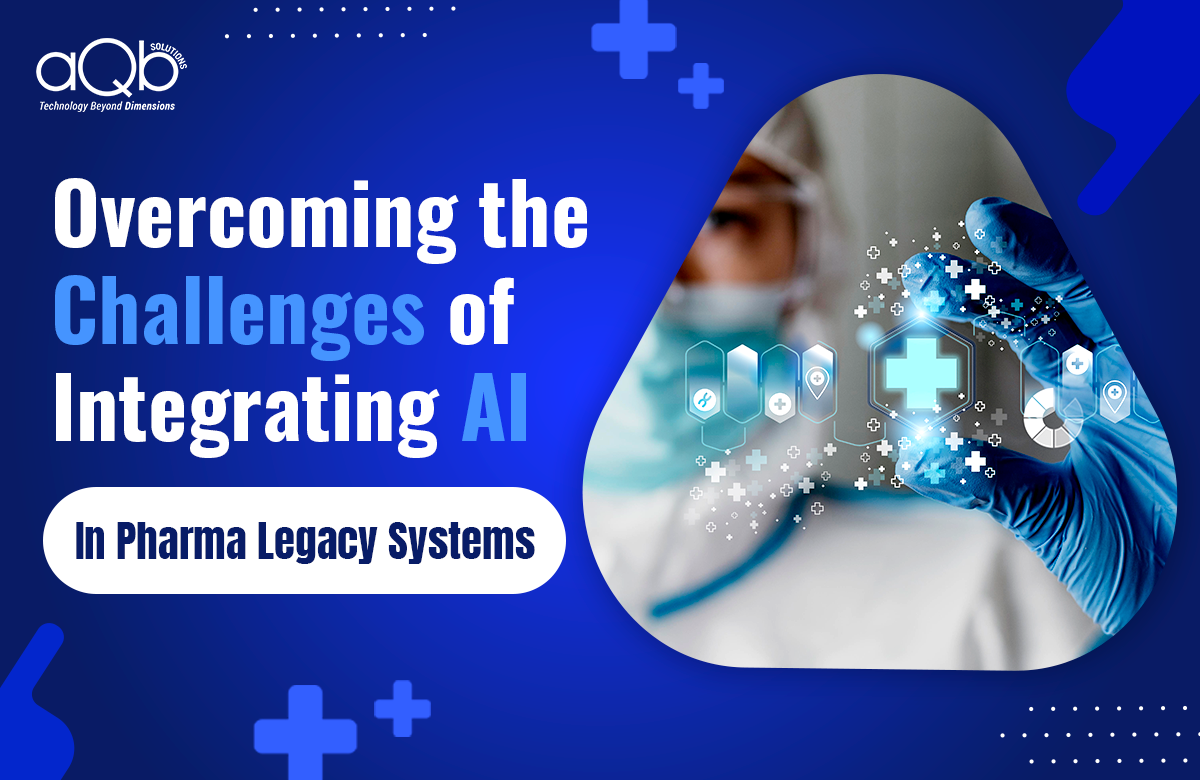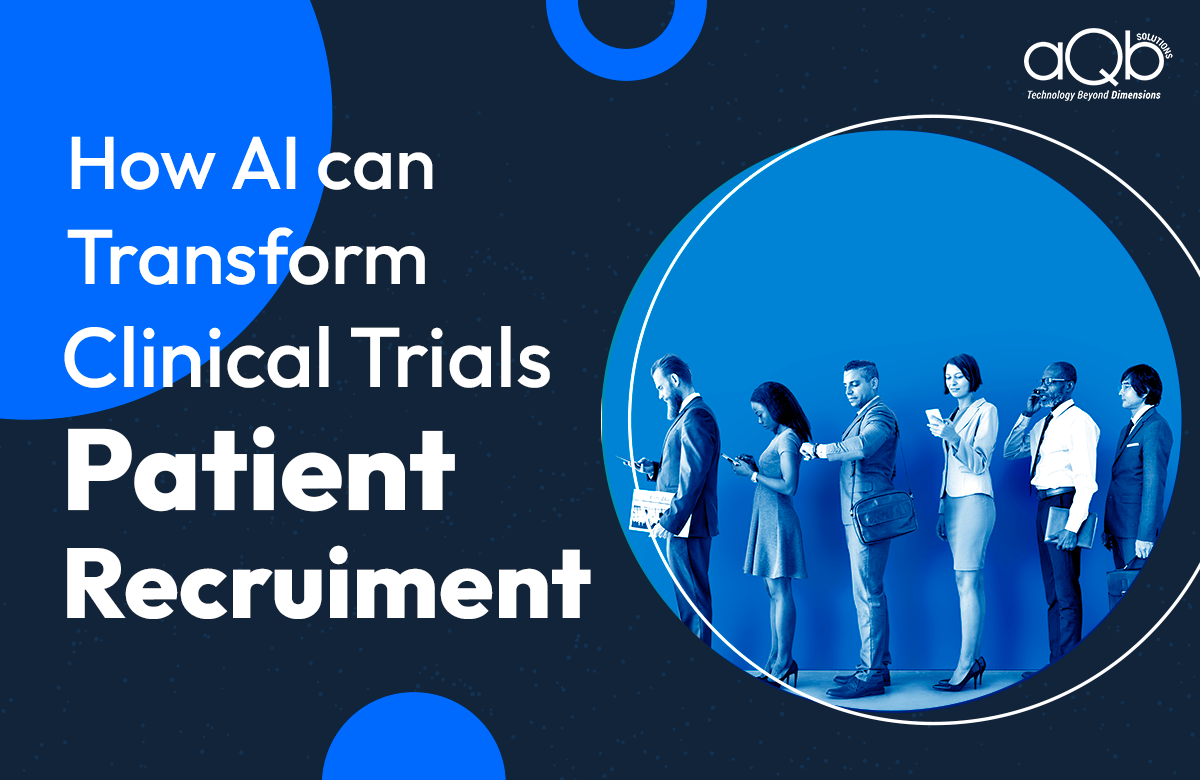Key Takeaways
- Predictive analytics is transforming healthcare by anticipating disease outbreaks, minimizing patient readmissions, and preventing adverse events.
- Key applications include early detection of disease outbreaks, mitigating hospital readmissions, and offering personalized treatment plans.
- Predictive analytics plays a pivotal role in identifying at-risk patients early, predicting and managing chronic diseases, and contributing to population health management.
- Access to diverse data types, including medical history, demographics, and economic factors, empowers healthcare professionals to make informed, data-driven decisions, leading to overall improved patient care.
- Examples of successful implementation include prediction and prevention of sepsis and heart failure, reduction of patient readmissions, and anticipation of suicide attempts.
In the healthcare arena, data has long been a potent tool for enhancing patient outcomes and optimizing resource allocation. However, recent years have witnessed a paradigm shift with the emergence of predictive analytics, driven by data science techniques such as machine learning and predictive modeling.
This article delves into the pivotal role of predictive analytics in anticipating disease outbreaks, minimizing patient readmissions, and preventing adverse events, ultimately leading to more efficient resource utilization and elevated patient care standards.
Unveiling the Potential of Predictive Analytics
Predictive analytics involves harnessing historical and real-time data to foresee future events, a transformative process in healthcare. Let’s see how predictive analytics is reshaping patient care by anticipating health-related events and enabling proactive measures.
Anticipating Disease Outbreaks:
A cornerstone application of predictive analytics is its ability to detect and predict disease outbreaks early on. By scrutinizing diverse data sources, including patient records, demographics, and environmental factors, healthcare providers and public health agencies can identify potential outbreaks before they escalate.
Mitigating Patient Readmissions:
Predictive analytics is instrumental in curbing hospital readmissions. Through the analysis of patient data, identifying those at high risk of returning to the hospital becomes feasible. This empowers healthcare providers to intervene with targeted care and support, ensuring a more robust recovery.
Personalized Treatment:
Historically, medicine has employed a standardized approach, where treatments and medications were prescribed based on generalized information derived from statistical data encompassing a wide population, rather than considering individual patient characteristics. However, with advancements in diagnostic capabilities, medical professionals can now more precisely identify patients’ conditions, enabling them to prescribe personalized and optimal treatment plans tailored to each patient’s unique health circumstances.
Predicting At-Risk Patients:
Utilizing predictive analytics in healthcare enables the early identification of patients at elevated risk, facilitating timely interventions to prevent the development of more severe issues. For instance, it can pinpoint individuals with a high likelihood of hospitalization due to cardiovascular disease, considering factors such as age, coexisting chronic conditions, and medication adherence. Anticipating the probability of diseases and chronic illnesses empowers healthcare professionals and organizations to proactively deliver care, moving away from a reactive approach that waits for at-risk individuals to seek routine checkups.
Beyond those with chronic illnesses, there are other vulnerable populations, including the elderly and individuals recently discharged from the hospital after invasive procedures.
Managing Chronic Diseases:
In the United States, chronic diseases stand as the primary contributors to both mortality and disability, driving the nation’s annual health expenditures to a staggering $3.5 trillion. A substantial 75% of healthcare spending is allocated to managing five chronic diseases: cancer, cardiovascular disease, diabetes, obesity, and kidney disease.
Effectively handling chronic conditions relies on healthcare professionals’ capacity to not only prevent the onset of these diseases but also to exert control over them. However, the management and prevention of chronic illnesses pose formidable challenges. Predictive analytics emerges as a valuable tool, empowering healthcare providers to make well-timed, evidence-based decisions. By leveraging predictive insights, professionals can administer more efficient treatments, all while mitigating the financial burdens of care for patients.
Population Health Management:
Predictive analytics extends beyond individual applications and finds relevance in population health management within healthcare organizations. By leveraging data on patients’ medical conditions, medications, and personal histories, analytics can identify similar individuals within a population cohort. Additionally, it proves valuable in pinpointing cohorts potentially exposed to a looming disease outbreak. In such instances, healthcare professionals can promptly initiate treatment protocols, significantly enhancing the likelihood of survival for affected individuals.
Overall Enhanced Patient Care:
A paramount advantage that predictive analytics offers the healthcare sector is its accessibility to diverse data types, encompassing medical history, demographics, economic factors, and comorbidities. This wealth of information equips doctors and healthcare professionals with invaluable insights that inform their decision-making. Enhanced decision-making, rooted in better, more intelligent, and data-driven choices, ultimately contributes to an overall improvement in patient care.
For example, predictive analytics plays a pivotal role in enhancing patient outcomes. By analyzing data and outcomes from previous patients, machine learning algorithms can be tailored to provide tailored insights into the most effective treatment methods for each individual patient, demonstrating the potential for personalized and optimized healthcare strategies.
Examples of Predictive Analytics Use in healthcare
Accelerating Critical Condition Treatment
In collaboration with Intel, Penn Medicine has developed a cooperative data science platform aimed at predicting and preventing two prevalent and costly challenges for hospitals: sepsis and heart failure.
The predictive model demonstrated a notable advancement by identifying approximately 85 percent of sepsis cases, a significant increase from the previous 50 percent, and doing so up to 30 hours prior to the onset of septic shock— a substantial improvement compared to the two-hour lead time provided by traditional methods. Additionally, the model successfully identified 20 to 30 percent of heart failure patients who had previously gone unrecognized. These initiatives empowered healthcare professionals to administer treatment earlier, accelerate the recovery process, and optimize the allocation of hospital resources.
Reducing Hospital Readmissions
UnityPoint Health, a network of healthcare facilities, sought to comprehend the reasons behind patient readmissions. By directly asking patients, they gathered diverse responses, ranging from financial constraints hindering medication purchases to difficulties in scheduling follow-up appointments. Collating these insights, UnityPoint Health developed a predictive model assigning a readmission risk score to each visiting patient.
Dr. Patricia Newland, a family physician, successfully employed the UnityPoint algorithm to avert the readmission of one of her patients. The tool forecasted that the patient would exhibit symptoms within the next 13 to 18 days post-discharge. Dr. Newland communicated these findings to her patient, advising her to contact the clinic upon experiencing the predicted symptoms. True to the prediction, the patient reached out within the anticipated timeframe. Dr. Newland promptly attended to the patient on the same day, modifying her medication and preventing readmission.
Implementing the predictive analytics tool allowed UnityPoint Health to achieve a remarkable 40% reduction in all-causes patient readmissions within 18 months.
Predicting Suicide Attempts
Suicide, claiming the lives of 14 Americans per 100,000 annually, stands as the tenth leading cause of death in the United States. In an effort to address this concerning trend, a research team at Vanderbilt University Medical Center (VUMC) has devised a predictive analytics model utilizing electronic health records to predict the likelihood of suicide attempts by specific patients. Tested at VUMC over an 11-month period, the tool operated discreetly in the background while physicians attended to patients, forecasting the risk of patients returning for treatment related to attempted suicide.
Categorizing patients into eight groups based on their estimated risk factors, the VUMC research team observed that the highest-risk group constituted over 33% of all suicide attempts. As a result, the team recommended thorough assessments for signs of suicidal tendencies for individuals placed in these high-risk groups.
Predicting appointment no-shows
The annual financial toll on the US healthcare system due to appointment no-shows is approximately $150 billion, not to mention the additional administrative challenges. On an individual practitioner level, the average cost incurred for each missed appointment is around $200. The integration of predictive analytics in healthcare offers a solution to enhance cost efficiency. By enabling hospitals and private clinics to predict which patients are more likely to skip appointments without advance notice, these institutions can proactively mitigate revenue loss and enhance provider satisfaction.
Concluding Thoughts
The continuously expanding global market for predictive analytics in healthcare is projected to reach $7.8 billion by 2025, presenting abundant opportunities for digital health companies and healthcare providers. For decision makers at digital health companies, it will be smart to explore avenues for implementing predictive analytics within their organizations. If they don’t, they run the risk of missing out on the growth opportunities the technology presents.
As a technology solutions provider with expertise in predictive analytics, AQB Solutions can help you reap the rewards of this innovative technology. If implementing predictive analytics is on your mind, we would love to talk to you. Request a consultation with our predictive analytics specialist today!




